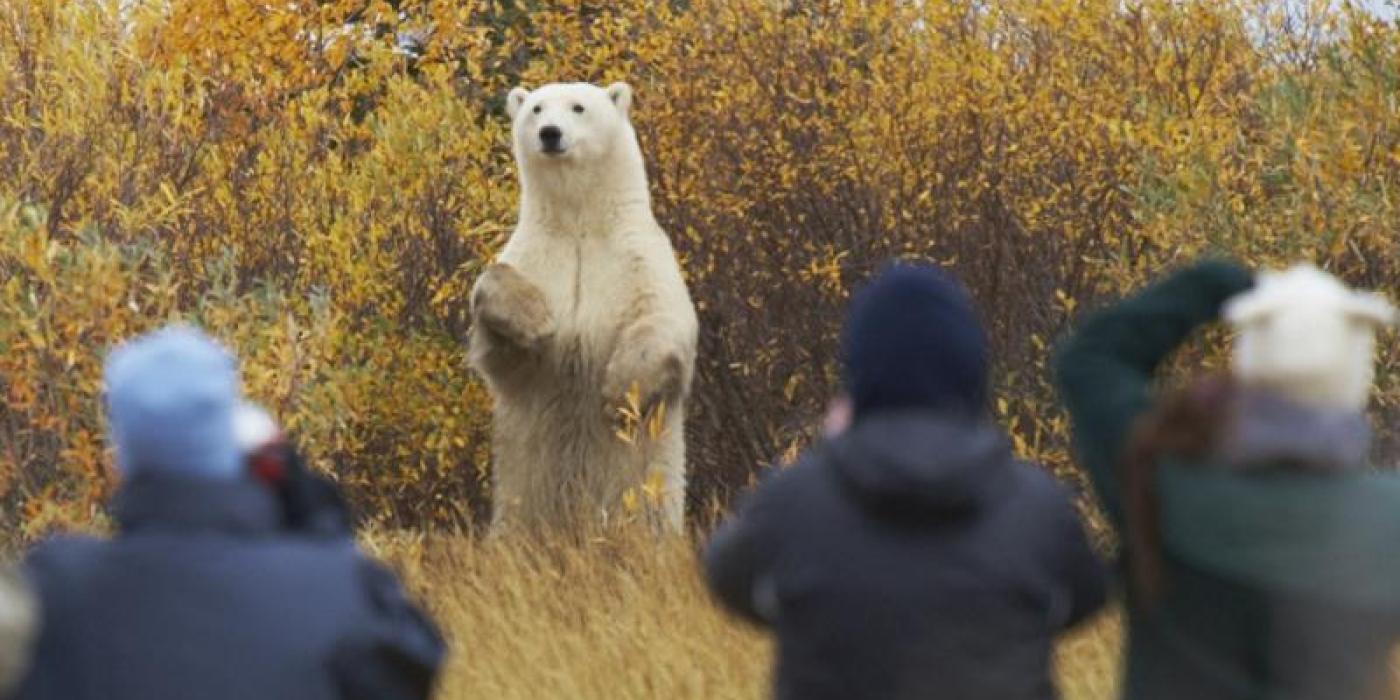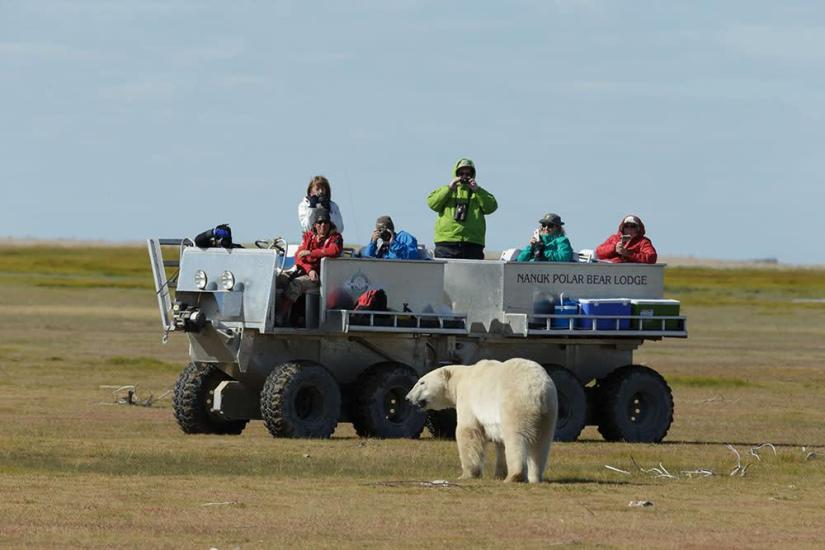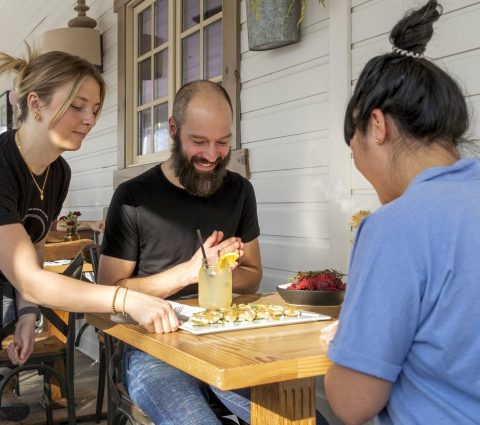- Things To Do
- Events
- Food & Drink
-
Places To Go
- Winnipeg
- Churchill
- Eastern Region
- Central Region
- Interlake Region
- Parkland Region
- Western Region
- Manitoba North
- Must-See Destinations
-
Itineraries
- Island Getaway on the Prairies
- Wheat City Wanderings in Brandon
- Escape to the water and the wild
- St. Boniface Winter: Passion and History
- Follow the path to a story in Neepawa
- Unleash your inner Viking this winter
- Explore Clear Lake this winter like never before
- Breathe in the Whiteshell this winter
- Go North for a boreal forest escape
- Treaty Areas
- Where To Stay
- Trip Essentials
- #ExploreMB Blog
Navigation Options
- FREN
- Things To Do
- Events
- Food & Drink
-
Places To Go
- Winnipeg
- Churchill
- Eastern Region
- Central Region
- Interlake Region
- Parkland Region
- Western Region
- Manitoba North
- Must-See Destinations
-
Itineraries
- Island Getaway on the Prairies
- Wheat City Wanderings in Brandon
- Escape to the water and the wild
- St. Boniface Winter: Passion and History
- Follow the path to a story in Neepawa
- Unleash your inner Viking this winter
- Explore Clear Lake this winter like never before
- Breathe in the Whiteshell this winter
- Go North for a boreal forest escape
- Treaty Areas
- Where To Stay
- Trip Essentials
- #ExploreMB Blog
Finding the true meaning of luxury (and lots of polar bears) in northern Manitoba
Posted October 13, 2016 | Author Travel Media Relations
What is luxury? When it comes to travel, most of us—including me—picture hotels with lavish interiors, a 24-hour concierge, and marble bathrooms, Frette linens and Molton Brown toiletries. But my idea of luxury has been turned upside down. I blame it on a trip to the shores of Hudson Bay in northern Manitoba.

I signed up for a six-day adventure offered by Churchill Wild that would have me tracking polar bears by foot and aboard a Rhino, a custom-built, 8-wheel tundra vehicle, and sleeping in an ecolodge on the southern tip of Wapusk National Park. I’ve always been an animal nut. Seeing polar bears in the wild and witnessing the Northern Lights were high on my bucket list. So that’s how I found myself in lateAugust hopping on a Calm Air flight from Winnipeg to Churchill, in northern Manitoba, and then onto a seven-seater airplane—just a touch larger than an office cubicle—for the hour-long flight to Nanuk Polar Bear Lodge.
Gliding through the air, I look out the window to see the last evidence of humankind slide by: no more houses, no hydro towers, no paved roads. It’s all boreal forest, dotted with blue lakes that, from this altitude, look like abstract puddles. Soon the trees disappear and the land becomes barren, just a smattering of shrubs over the tundra. From the sky, I spot my first polar bears walking along the shores of Hudson Bay—a mom and two cubs in search of food that will tide them over until the ice freezes and hunting for seals can begin. I feel exhilarated; it’s as if I’m hovering above the set of a National Geographic show. I begin to wonder where the airport is. We’re almost at our destination, yet I see nothing but low bushes, mudflats and rivers feeding into the Bay. The plane starts to sink lower and lower, but still I see nothing that resembles a landing strip. Then, just over the ridge, I make out a gravel pathway and lodge, and our pilot makes a dusty landing.
Nanuk Polar Bear Lodge is completely surrounded by an eight-foot high metal fence, a reminder that this is the polar bears’ home and we are just visitors. It feels remote. Really remote. The nearest paved road is 300 kilometres from here, and a latte from the nearest Starbucks? That’s more than 400 kilometres away, if you could somehow magically drive there. Inside the gates, I haul my luggage to my room—it’s small and rustic (no hair dryer, no pretty amenities, no television). And, believe it or not, I’m sharing it with a roommate. A twin bed for each of us! Thankfully, Ilona, my new roomie, is as shell-shocked as I am about undergoing this glamour detox, but we reassure each other that we’ll get through it together.
“Bear!” shouts Mike Reimer of Churchill Wild. He’s on bear-spotting duty at the window. Clank go the spoons as they drop into the soup bowls. We all rush to take a look. “You can step outside, but don’t make any sudden movements—and be quiet!” Collectively we step closer to the fence, tiptoeing like teenagers arriving home after curfew. And there he is—a large male just metres away. He’s a real looker in a scruffy, Brad Pitt kind of way. His white fur is dingy, but his sheer size (pegged at around 800 kilos) inspires some serious jaw dropping. He points his nose into the air, taking in big whiffs of the lunch smells coming from the kitchen, and of us. His nose and eyes look as black as lumps of coal, and across the shoulders he’s as wide as a Smart Car. This is prime bear season, yet I wasn’t expecting to spot one this soon. It’s a total pinch-me moment, and I need to remind myself that we’re not at a zoo—this is as real as it gets! These are wild creatures, and though this particular one looks cute and fluffy, I know that he’s powerful enough to drag seals and beluga whales out of the water with his claws and teeth. For now, however, he simply waddles into the brush. (Apparently camera-toting humans aren’t too exciting for bears.)

Chas Glatzer
Polar bear approaches Tundra Rhino at Nanuk Polar Bear Lodge. Photo by Charles Glatzer.
After lunch the real action begins, and we load in the tundra Rhino. Our guides have rifles close at hand. We’re told they’ve just been used three times so far this season to scare off overly bold bears. We have a quick briefing to get the rundown on polar bear etiquette. Don’t: scare them, feed them, try to touch them, or call them fat. (I made up that last one.) Don’t stick your hands through the fence, and don’t turn your back to them. Ever. Suddenly, I feel like my urban life is very far away and I start to wonder what the heck I’m doing here. Before I can think too long and hard though, I’m captivated by the landscape. There is a startling beauty to its nothingness, the wide-open spaces uninterrupted by anything man-made, the purity of the sunlight washing the terrain in a pale gold. How many people get to experience the complete silence—and breathtaking natural beauty—that comes with this remote stretch of land (never mind the bears)? It makes hot-stone massages and celebrity sightings seem irrelevant.

Nanuk Polar Bear Lodge is surrounded by an 8-foot fence. Photo by Charles Glatzer.
The following day, during a picnic lunch, we spot seven bears in the area, and one decides he should have been invited to join us. He inches closer, showing no signs of timidity. The guides leap into action. One is ready to cut the bear off from us using the tundra Rhino. One stands to the side with his shotgun poised while another politely asks the bear to move along. The group huddles together in a mass, as instructed, to make us look bigger and less attractive for hunting. I know the guides are well trained, but that doesn’t stop me from feeling scared. He charges toward us, then pauses. The guide has no choice but to fire off a warning shot with a blank. It does the trick and the bear lumbers off into the bush. I let out a huge sigh of relief.
Looking back on this trip from the comfort of my own home, I realize that this once-in-a-lifetime experience represents the most exclusive type of luxury. In my revised thinking, I see lavishness as window dressing. True luxury, especially when it comes to travel, centers around uniqueness, doing something that few people get to do, extraordinary opportunities not designed for the masses. In the end, it doesn’t matter that there wasn’t a soaker tub in my room, or that I’d worn rubber boots and a toque for the last four days of my journey. Simply being there—experiencing nature’s vastness and coming face-to-face with these giant creatures—transcends all that.
The original version of this article “The North Safari” written by Michelle Sponagle first appeared in Flare magazine in January 2011.

About The Author
This story was originally commissioned by Travel Manitoba Media Relations.
